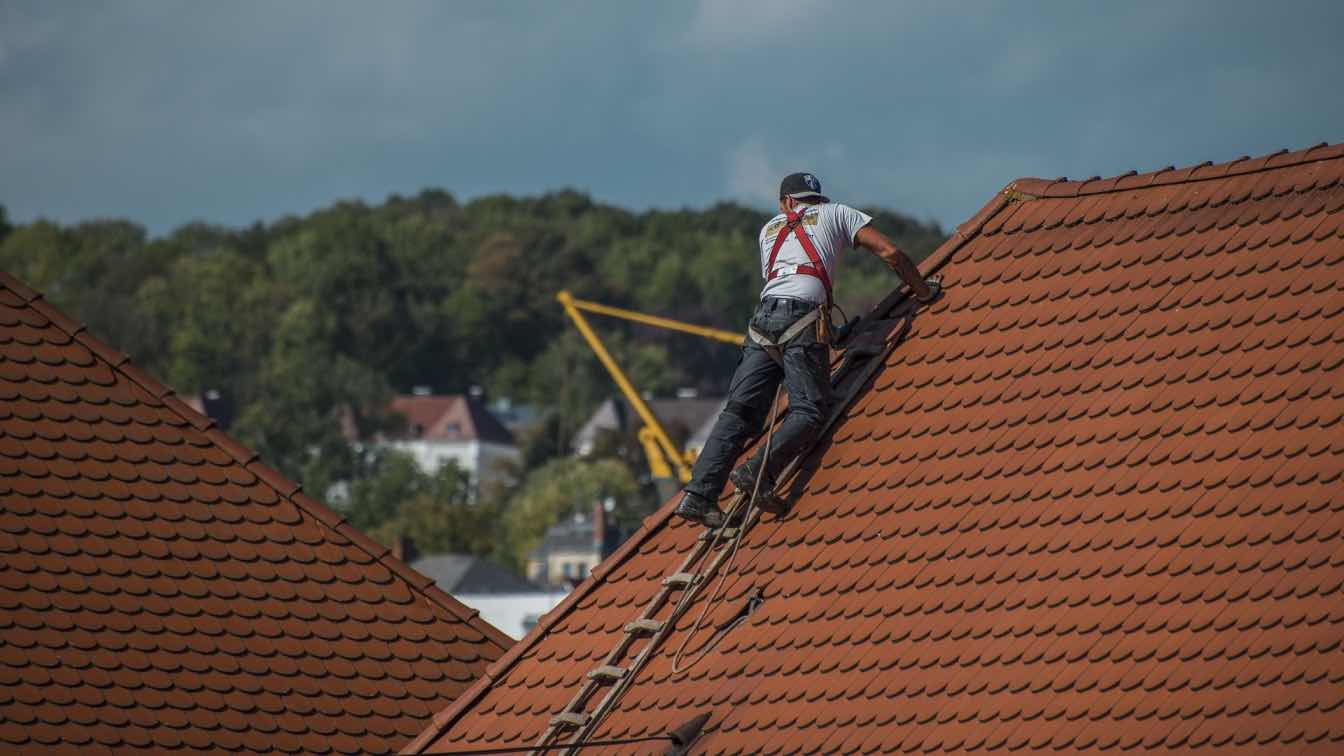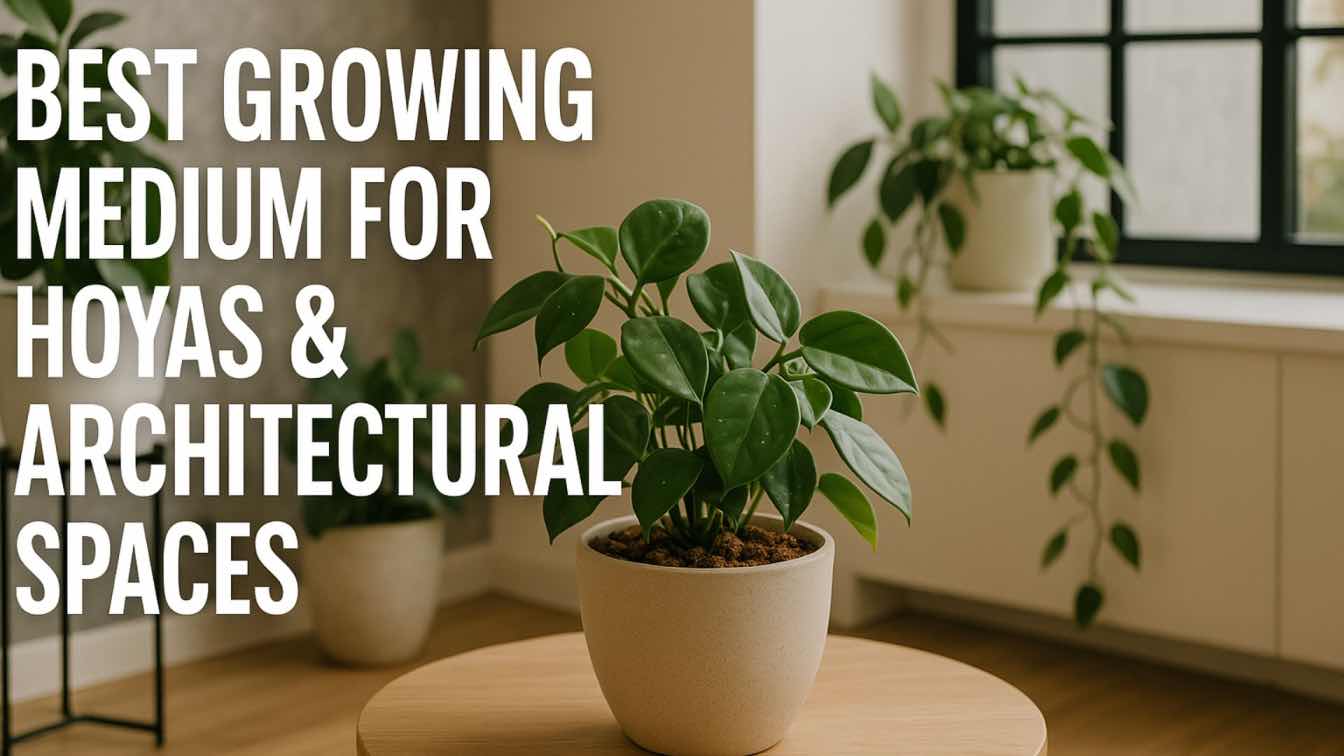As urban density rises and housing affordability continues to dominate the national conversation, one thing remains clear: Australians are not ready to give up the comfort, space, and functionality of the traditional home. While urban planners and developers push for smaller footprints and higher-density living, the preferences of Australian homebuyers tell a different story. It’s one that is rooted in a deep appreciation for space, privacy, and practicality.
The home as a lifestyle hub
For most, today’s Australian home is more than just a place to come home at the end of the day. It’s a workplace, classroom, gym, entertainment venue, and sanctuary. As the lines between work and home life continue to blur post-pandemic, flexible and multifunctional spaces have become a must-have. Buyers are seeking floor plans that allow rooms to serve double duty: a guest bedroom that also works as a home office, or a dining area that transitions into a craft zone or study space. This demand for flexibility supports a broader trend toward multi-purpose rooms and larger overall floorplans. Australians are showing that they want homes that support evolving lifestyles.
Outdoor space still reigns supreme
Despite increasing urbanisation, outdoor living remains non-negotiable for many Australians. According to LouvreTec, around 40 percent of Australian home buyers say that outdoor living spaces hold more value than kitchens. Whether it’s a backyard for kids and pets, a garden for weekend tinkering, or simply a covered patio for alfresco dining, external living spaces remain high on buyer priority lists. The love for outdoor space also underpins resistance to downsizing, particularly for those in detached dwellings. For many, losing that connection to nature is too big a sacrifice.
Kitchens that cook and entertain
Another design feature high on the wishlist? Spacious, open-plan kitchens. Australians want a lot from their kitchens... they want a hub where family and friends can gather. Walk-in pantries, expansive island benches, and integrated dining spaces are key features in modern home design, offering not just convenience but also a sense of luxury and connection. This emphasis on communal space shows that, even as housing blocks shrink in some areas, buyers continue to prioritise generous interiors that support both function and leisure.
Australians say no to downsizing (and the data backs it up)
Recent research from the Home and Contents experts at Compare the Market reveals that 41.9 percent of Australiansare unwilling to downsize their home to live closer to the city, compared to 27.9 percent of Canadians and 32.2 percent of Americans. This speaks volumes about local preferences, suggesting that, while urbanisation may be inevitable, the desire for space doesn't seem to be going anywhere. This reluctance to trade space for convenience is further reinforced by what Australians say they’re not willing to give up. 50 percent won’t sacrifice a laundry, 38.9 percent won’t give up a car park space, and 30 percent are unwilling to part with a spare room. These features are often among the first to be compromised in compact apartment designs.
Implications for developers and urban planners
For developers, the message is clear: livability must come before density. It’s not enough to offer smaller homes close to the CBD if those homes don't meet the practical needs of modern Australian households. Instead, the future lies in smart design. In homes that maximise utility without sacrificing comfort. Think: cleverly zoned floor plans, efficient use of vertical space, integrated storage solutions, and communal amenities that offer the benefits of space even when the square metres are tight.
As Australia continues to evolve, so too must its housing. Evolution doesn’t mean abandoning the values buyers hold dear... it means finding innovative ways to support them. The home of the future is smarter, more functional, and deeply attuned to how Australians actually live. If the data tells us anything, it’s this: size still matters. Especially when it comes to making a house feel like a home.





